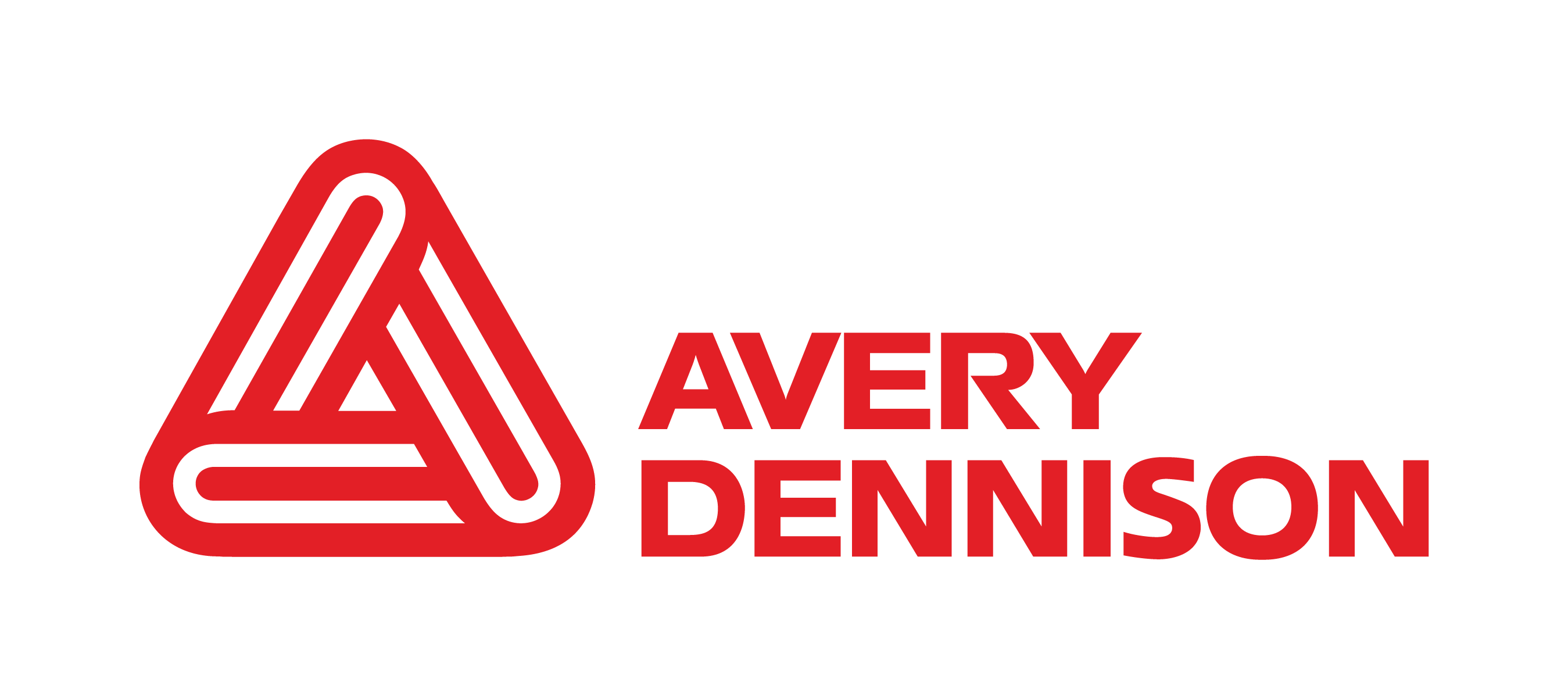The evolution of application testing in pharmaceutical labeling
Application testing in pharma labeling has come a long way, and I've been fortunate to experience and contribute to this change. Unlike standard test methods like those defined by FINAT, our focus has always been on actual application testing. For example, adhesion tests on stainless steel (FTM2) don't predict product performance on polypropylene (PP) packaging or curved surfaces. The real magic happens when you consider all the variables - substrate, adhesive chemistry, facestock, liner, application temperature, and cohesion. By considering all these factors, we can predict how a label will perform and identify the right solution faster. This goes far beyond the basic info on product data sheets, providing a deeper understanding and better outcomes.
Our testing capabilities have also grown by leaps and bounds and now include autoclave sterilization, freezing (-20°C to - 196°C), and label dispensing and conversion. We also collaborate with external labs for specialized requirements, complementing our in-house capabilities. In addition, we recognize that compliance is key and can often be a complex world to navigate. That’s why we have a dedicated team to handle requests related to areas like food safety, specific pharmaceutical regulations, etc., in order to maintain quality and safety.
Challenges in labels with differing features
Sometimes, labels present us with unique challenges. Imagine needing a label that can be applied in a cold room (5°C) but withstand the intense heat of autoclave sterilization (134°C) – now that's a head-scratcher. To tackle these differing challenges, we rely on a combination of strategies, like tweaking material compositions, consulting with our in-house and external experts, referencing similar applications we've tackled in the past, and leveraging our R&D team's experience.
Our expanded lab capabilities also allow us to screen potential solutions internally, saving our customers and end-users valuable time and resources. However, we can only be successful if we have all the right information. Open communication is absolutely key here. Direct dialogue provides first-hand information, reducing miscommunication and leading to efficient solution discovery. Ultimately, it comes down to exchanging information clearly so we can find the right solutions efficiently.





